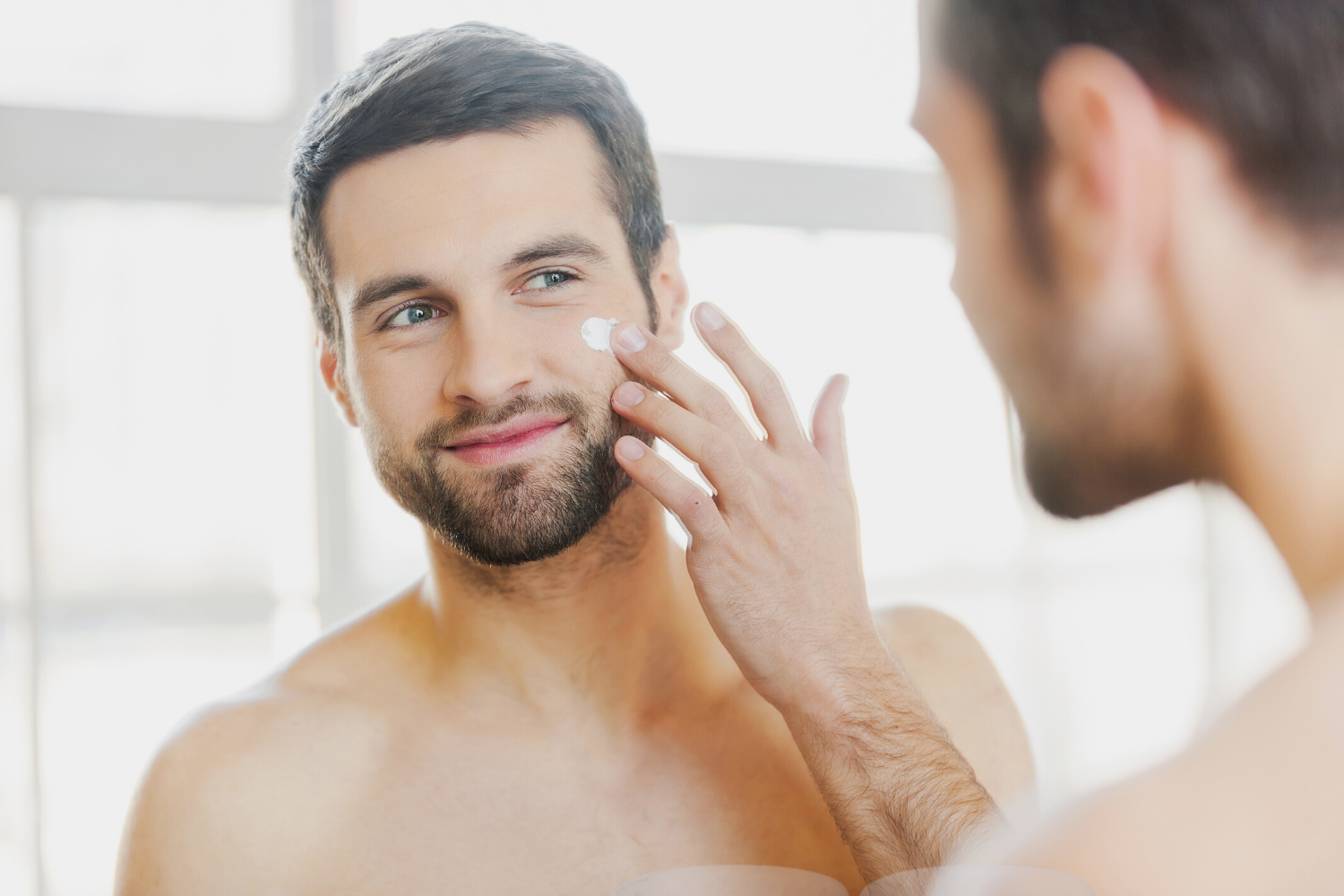In previous blog posts, we have gone over all of the other major hydroxy acids, alpha-hydroxy acids and beta-hydroxy acids, but what about polyhydroxy acids? Knowing the difference between AHAs and BHAs can be a necessary step in creating the perfect routine for your skin type. However, a new breed of acid has recently entered the skin care arena, this new acid is PHA or polyhydroxy acids. PHAs fall under the AHA family however, they do demonstrate a molecular difference. PHAs contain a larger structure meaning they do not penetrate as deeply into the skin as AHAs or BHAs might. This means it may be the perfect skin care addition for those with sensitive, irritable skin looking for a good chemical exfoliant. PHAs are most commonly known for combatting skins of aging and strengthening the skin’s barrier function. The following includes all the skin benefits of using PHAs.
- Minimizes skin discoloration. PHAs work to efficiently eliminate the appearance of skin discoloration caused by UV damage or other environmental stressors. A 2004 study looked at the effects of gluconolactone, a PHA, on mouse skin cells and found that it could combat signs of UV damage and even prevent UV induced damage. The same researchers conducted a study where they looked at the effects of AHAs and PHAs on the skin in relation to the sun and found that PHAs didn’t contribute to photosensitivity like AHAs and BHAs did. Although it is still recommended to wear sunscreen, PHAs do not make your skin overly sensitive to the sun.
- Nourishes and regulates. PHAs are not as effective at exfoliating as AHAs and BHAs are however, they do contain antioxidant properties that work to deeply nourish the skin and provide anti-inflammatory benefits. Antioxidants also work to combat skin discoloration issues like rosacea and eczema while also combatting dark spots throughout the face.
- Effectively hydrates skin. PHAs are humectants, this means they can effectively retain moisture and help keep your skin hydrated while also gently exfoliating. This is the perfect combination in gently removing dirt and dead skin build-up on your skin’s surface layer to ensure the product is sinking in and properly apply to deeply hydrate rather than sitting on top of clogged pores.
- Combats fine lines and wrinkles. This acid provides tremendous anti-aging benefits when it comes to its tolerability on skin types. PHAs gently exfoliate and work on the surface layer of the skin. This means they may also target fine lines and wrinkles that appear on said surface layer. PHAs have also been shown to combat glycation, a process that weakens the collagen and elastin in your skin by strengthening the skin’s barrier.
How to get the benefits of PHAs. PHAs work best for those with sensitive skin as they are non-irritating and far less invasive than AHAs and BHAs can be. They work best to gently exfoliate your skin while also delivering key nutrients that work to strengthen, clear and smooth skin. When adding a PHA product to your skin care routine, serums often work best. Fyab’s Renewal and Anti-Aging Serums are formulated with several hydroxy acids to gently exfoliate your skin and combat signs of aging while also hydrating. Fyab’s Brightening serum also incorporates many antioxidants to attack discoloration, dark spots and circles on the skin.
SOURCES:
Grimes, P. E., Green, B. A., Wildnauer, R. H., & Edison, B. L. (2004). The use of polyhydroxy acids (PHAs) in photoaged skin. Cutis, 73(2 Suppl), 3–13. READ MORE
Edison BL, Green BA, Wildnauer RH, Sigler ML. A polyhydroxy acid skin care regimen provides antiaging effects comparable to an alpha-hydroxyacid regimen. Cutis. 2004 Feb;73(2 Suppl):14-17. READ MORE


No responses yet